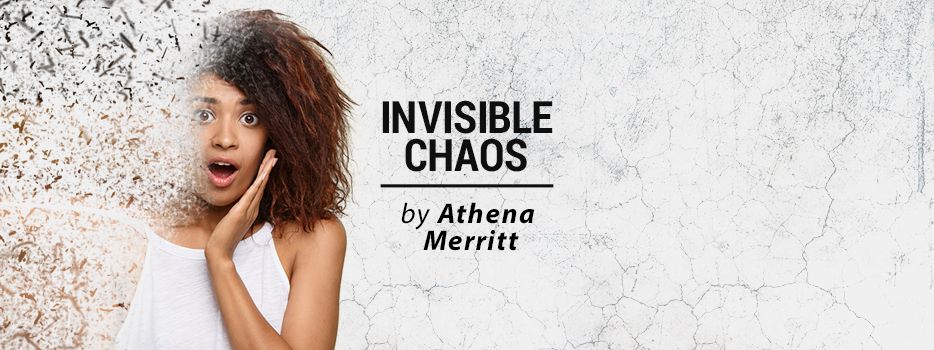The First Hurdle to Clear to Get in Shape Is Often Fear

I was in my 40s when I entered a neighborhood gym for the first time. I slunk over to the least-crowded row of treadmills, and still couldn’t shake the feeling of being watched.
Until then, my huffing and puffing had been done in private. But after my treadmill died, my sarcoidosis wellness efforts became a public endeavor.
My brother, Antony, didn’t understand the fuss I was making at the time to keep my workouts at home. The gym was cheap, close, and stuffed with equipment, but for weeks I was hell-bent on finding an affordable replacement treadmill instead.
Pain and fatigue were among my challenges then, just as they are now. But it was embarking on exercise in a new environment that consumed my mind that morning.
The anxiety I experienced is common. The thought of working out in gyms intimidates one in two Americans, the New York Post reported in 2019. But it’s not just gyms igniting those fears, it’s fitness overall. In the survey of 2,000 people in the U.S., 31% became anxious just thinking about trying to get in shape.
Getting started can feel like a huge hurdle. Working around limitations posed by chronic illness is a learning curve. But, much like anything new, if you stick with it you’ll become comfortable.
Making the first move
My first obstacle was convincing myself that regular physical activity was possible and beneficial. My early efforts made me feel worse, not better.
That changed when I began a cardiac rehabilitation program to manage postural orthostatic tachycardia syndrome. It gradually eased me into upright cardiovascular activities to minimize lightheadedness. I also had a stress exercise echocardiogram as part of it, which established target heart rate ranges to maintain during exertion.
The daily log I was required to keep also helped immensely by identifying patterns that negatively affect my health. I recorded my everyday activities, symptoms, and pain level. I also kept detailed information about workouts, including my heart rate when I experienced dizziness or other issues.
Because individual health can vary widely, I highly recommend consulting with your physicians to establish a regimen, like I did, to achieve results.
Don’t get discouraged
Guess why 32% of people feel intimidated at the gym? It’s because they are exercising near an extremely fit individual, according to the survey. But like anywhere else, there are people of all ages and stages of fitness. So use your own progress as your measuring stick of success.
Figuring out how to use various cardio and weight machines was another concern I had as a newbie. But staff and even other patrons willingly assisted, just as Antony told me they would.
If like me, you haven’t returned yet, there are a ton of at-home options. Digitally connected ways to stay fit soared during the pandemic and are likely here to stay, The Wall Street Journal reported in January.
***
Brighter side: We all could use a break from bad news right now. So, I’ll be closing my columns with a roundup of positivity until we are able to say goodbye to masks, hug our loved ones, and leave our homes without fear.
- Million book giveaway: A Virginia teacher is on a mission to give away a million books. Jennifer Williams, nicknamed the “Book Lady,” has handed out 63,000 books in the small town of Danville since 2017, CNN reported. Williams said she’s doing it so others can “access the possibilities that reading offers.”
- No more laces: Nike’s first completely hands-free sneaker will go on sale March 19, Yahoo! Sports reports. The Go FlyEase’s bendable middle sole enables it to be slipped on or off without using hands, which offers convenience and also fills a need for those with disabilities.
***
Note: Sarcoidosis News is strictly a news and information website about the disease. It does not provide medical advice, diagnosis, or treatment. This content is not intended to be a substitute for professional medical advice, diagnosis, or treatment. Always seek the advice of your physician or other qualified health provider with any questions you may have regarding a medical condition. Never disregard professional medical advice or delay in seeking it because of something you have read on this website. The opinions expressed in this column are not those of Sarcoidosis News or its parent company, BioNews, and are intended to spark discussion about issues pertaining to sarcoidosis.






Comments